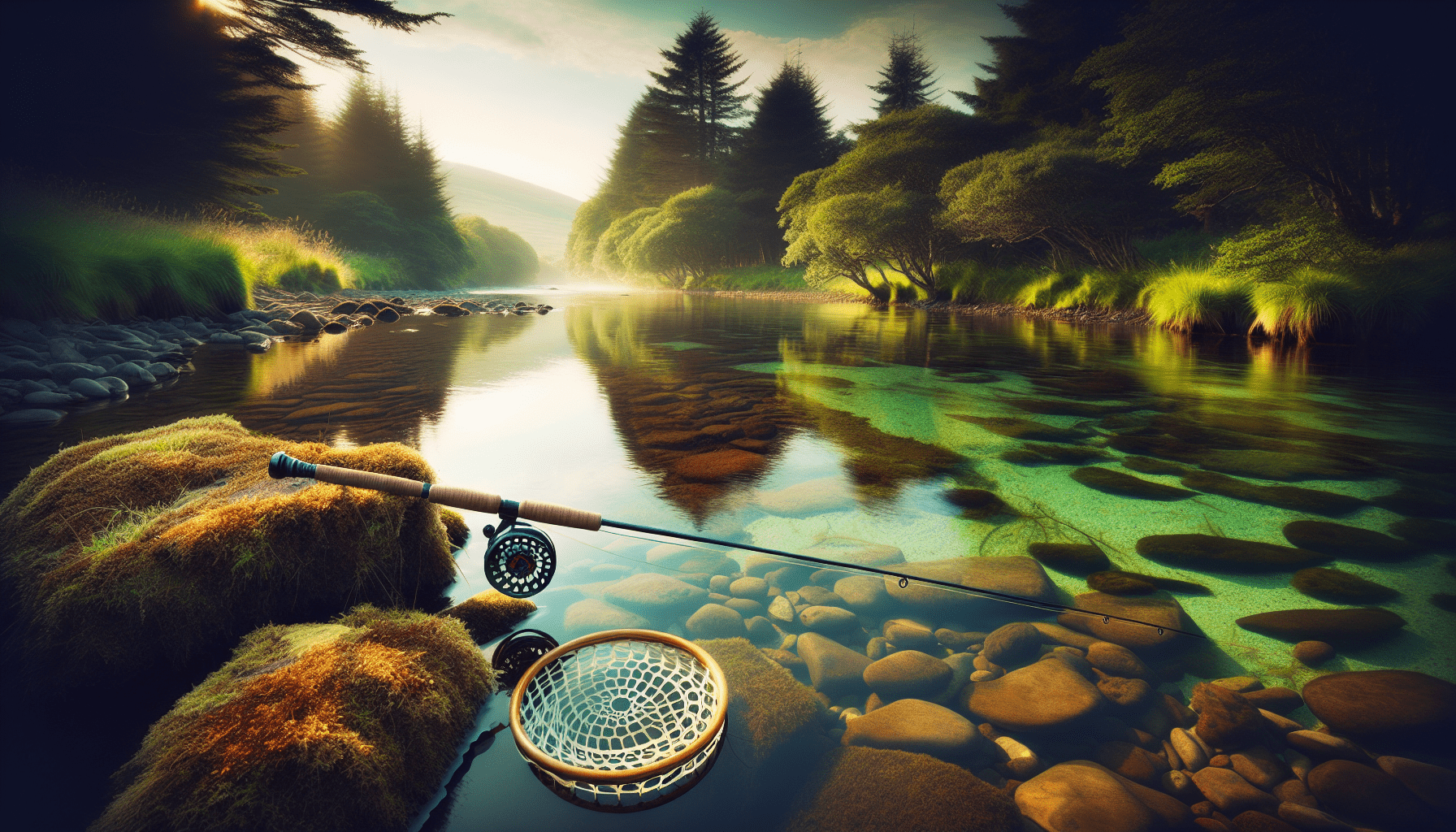
Welcome to the world of fly fishing! When it comes to selecting the perfect spot to cast your line, water clarity plays a crucial role in determining your success. The ideal water clarity for fly fishing can vary depending on the conditions and the type of fish you are targeting. Understanding how water clarity influences fish behavior and visibility can greatly enhance your chances of landing that elusive catch. So grab your gear, find that crystal-clear water, and get ready for an unforgettable fly fishing adventure! What Is The Ideal Water Clarity For Fly Fishing?
Have you ever wondered what the perfect water clarity is when you’re out fly fishing? It can be a key factor in determining your success on the water. Let’s dive in and explore what the ideal water clarity is for fly fishing.
The Importance of Water Clarity
Water clarity plays a significant role in fly fishing. It can affect various aspects of fishing, such as visibility for you as the angler, the fish’s ability to see your fly, and even their feeding behavior. Understanding the impact of water clarity can help you make the most out of your fishing trips.
Factors Affecting Water Clarity
Several factors can affect water clarity, including weather conditions, water flow, and the surrounding environment. Rainfall, snowmelt, and runoff can all contribute to changes in water clarity. Understanding these factors can help you predict and adapt to varying water conditions.

Measuring Water Clarity
Water clarity is typically measured using a Secchi disk, which is a simple tool consisting of a white disk attached to a rope. The disk is lowered into the water, and the depth at which it disappears from sight is recorded. This measurement provides an indication of water clarity, with deeper visibility indicating clearer water.
Ideal Water Clarity for Fly Fishing
The ideal water clarity for fly fishing can vary depending on the type of fish you’re targeting and the fly you’re using. In general, clearer water is preferred for sight fishing, as it allows you to see the fish and make accurate casts. However, some species, like trout, may be more actively feeding in slightly murky water.

Clear Water
Clear water, with high visibility, is ideal for sight fishing. You can easily spot fish in clear water and present your fly with precision. Trout, for example, are known for their skittish behavior in clear water, making a stealthy approach essential. Using smaller flies and lighter tippets can increase your chances of success in clear water.
Murky Water
Murky or stained water, with lower visibility, can also present opportunities for fly fishing. Fish may feel more comfortable and less cautious in murky water, allowing you to approach them more easily. Brightly colored flies or larger patterns can stand out better in murky conditions, increasing the chances of a strike.

Finding the Right Balance
As an angler, it’s essential to adapt to varying water clarity conditions and adjust your tactics accordingly. Sometimes, a mix of clear and murky water can provide the best of both worlds, offering visibility for you and a sense of security for the fish. Experimenting with different flies, techniques, and depths can help you find the right balance for each fishing situation.
Strategies for Different Water Clarity Levels
-
Clear Water: In clear water, focus on stealth and accuracy. Use smaller, more natural-looking flies and techniques to entice wary fish to strike. Approach the water cautiously to avoid spooking fish.
-
Murky Water: In murky water, opt for larger, brightly colored flies that can grab the fish’s attention. Consider using streamers or attractor patterns that create vibration and movement to attract fish in low-visibility conditions.
-
Mixed Clarity: When fishing in mixed clarity conditions, vary your approach based on the water you’re fishing. Focus on areas where clear and murky water meet, as fish may be moving between the two zones.

Best Practices for Fly Fishing in Different Water Conditions
-
Clear Water:
- Use light tippets and small flies for a natural presentation.
- Approach the water quietly and carefully to avoid spooking fish.
- Cast accurately to target specific fish you can see.
-
Murky Water:
- Opt for larger, more visible flies that stand out in low visibility.
- Use attractor patterns that create movement to catch the fish’s attention.
- Fish areas with structure or cover where fish may be hiding.
-
Mixed Clarity:
- Explore the transition zones between clear and murky water.
- Adjust your tactics based on the prevailing conditions in each area.
- Be prepared to experiment with different flies and techniques to find what works best.
Conclusion
Water clarity is a crucial factor in successful fly fishing. By understanding the ideal water clarity for different fishing situations and adapting your tactics accordingly, you can increase your chances of a successful day on the water. Remember to experiment, observe fish behavior, and enjoy the art of fly fishing in all types of water conditions. Happy fishing!